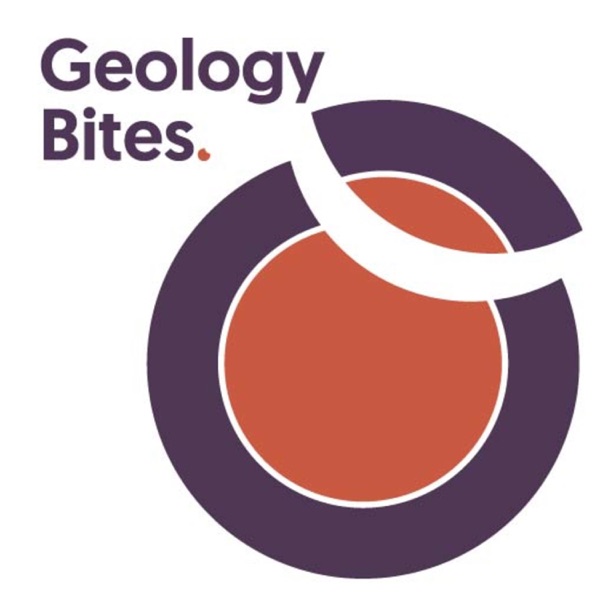Folarin Kolawole on Continental Rifting
From East Africa to southwest USA, many regions of the Earth’s continental lithosphere are rifting. We see evidence of past rifting along the passive margins of continents that were once contiguous but are now separated by wide oceans. How does something as apparently solid and durable as a continent break apart?
In the podcast, Folarin Kolawole describes the various phases of rifting, from initial widespread normal faulting to the localization of stretching along a rift axis, followed by rapid extension and eventual breakup and formation of oceanic lithosphere.
Kolawole is especially interested in the early stages of rifting, and in his research he uses field observation, seismic imaging, and mechanical study of rocks. He is Assistant Professor of Earth and Environmental Sciences, Seismology, Geology, and Tectonophysics at the Lamont-Doherty Earth Observatory of Columbia University.
